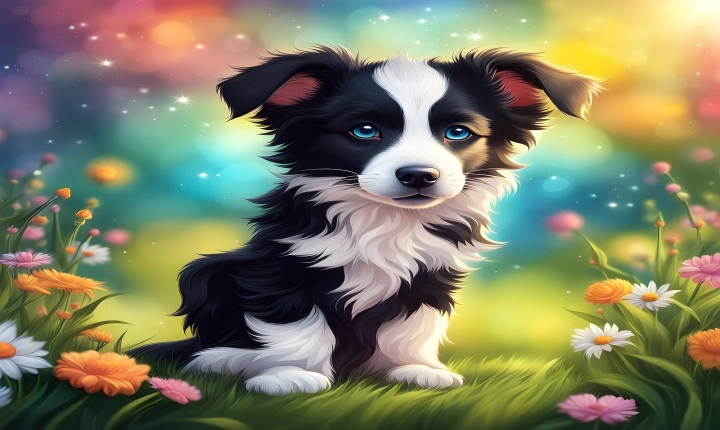Artificial intelligence has permeated nearly every aspect of our lives, including the generation of images. With the rise of AI-generated images, it has become increasingly important for individuals to be able to recognize whether an image is created by a human or an AI system. As the technology continues to advance, recognizing AI-generated images can help prevent misinformation and misunderstandings. Here are some ways to recognize AI-generated images.
One of the telltale signs of an AI-generated image is the presence of certain artifacts or inconsistencies within the image itself. AI systems may struggle with creating realistic details or textures, leading to anomalies such as unrealistic lighting, strange pixelation, or unusual proportions. These irregularities can often indicate that the image is not a product of human creation.
Moreover, AI-generated images may lack the natural imperfections that are typically present in photographs taken by humans. Real-world photographs often contain subtle elements such as lens flares, dust particles, or small imperfections that are not easily replicated by AI systems. Therefore, the absence of these imperfections could be a sign that an image is AI-generated.
Another key factor to consider is the context in which the image is presented. If an image seems too perfect or tailor-made for a specific purpose, it is worth questioning its authenticity. AI-generated images can be designed to fit a particular narrative or agenda, so a healthy level of skepticism is warranted when encountering such images.
Furthermore, the metadata of an image can provide valuable information about its origin. Checking the image file for metadata such as creation date, location, and camera details can help in determining whether the image is AI-generated or not. For AI-generated images, the metadata may reveal unusual or inconsistent details that can raise suspicion about its authenticity.
Additionally, reverse image search tools can be useful in identifying AI-generated images. By using search engines or specialized tools, individuals can trace the origins of an image and potentially uncover any AI-generated sources. If an image is consistently linked with AI-generated content, it is likely to be AI-generated itself.
It is important to note that the ability to recognize AI-generated images is an ongoing challenge, as AI technology continues to advance rapidly. As AI systems become more sophisticated, they may produce images that are increasingly difficult to distinguish from those captured by humans. Therefore, staying informed about the latest developments in AI image generation and regularly updating recognition strategies is crucial.
In conclusion, recognizing AI-generated images requires a combination of visual scrutiny, contextual analysis, and technological investigation. By being aware of the characteristics and indicators of AI-generated images, individuals can better navigate the visual landscape and make informed judgments about the authenticity of the images they encounter. As AI technology continues to evolve, the ability to recognize AI-generated images will remain an important skill in the digital age.
